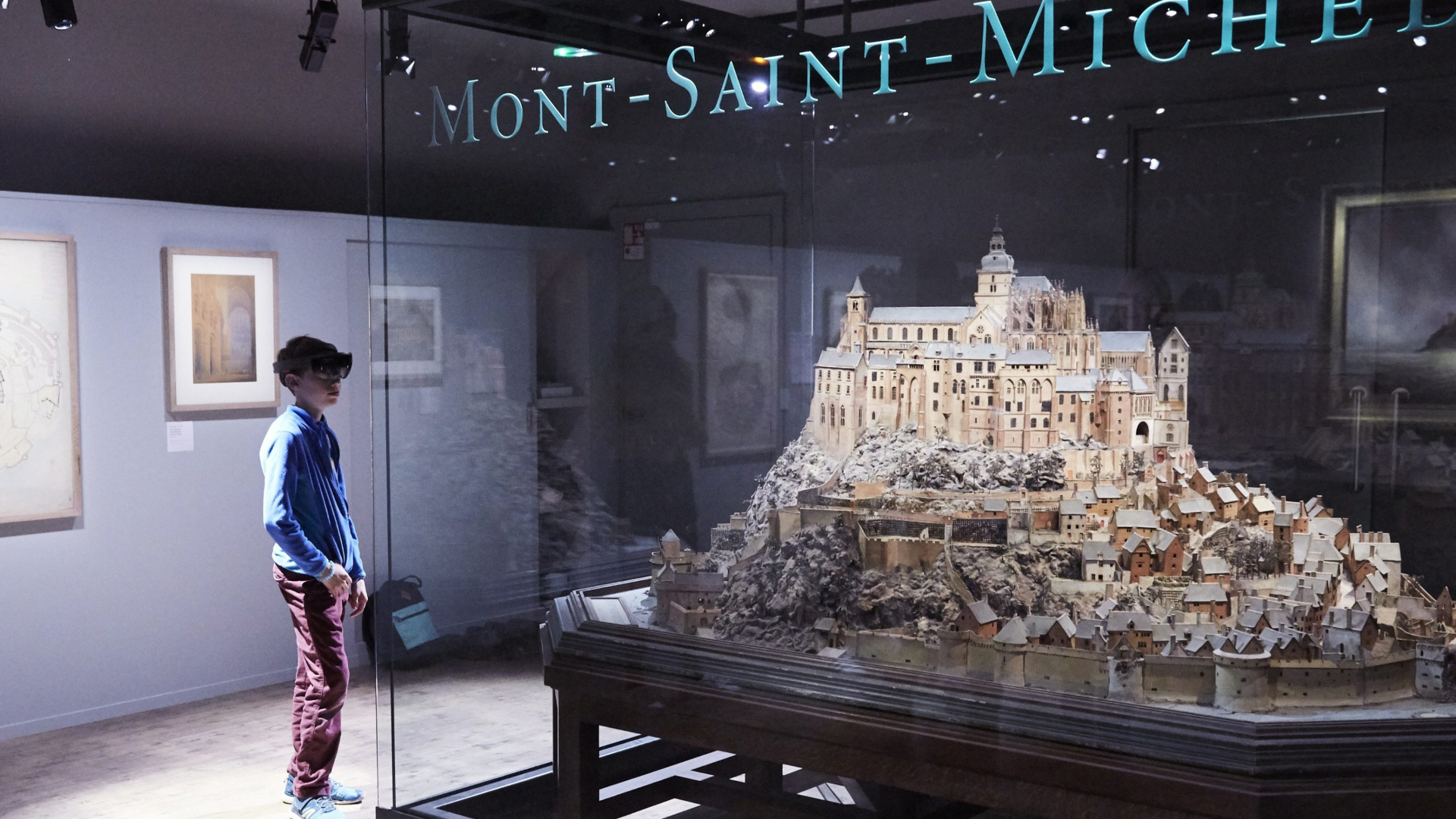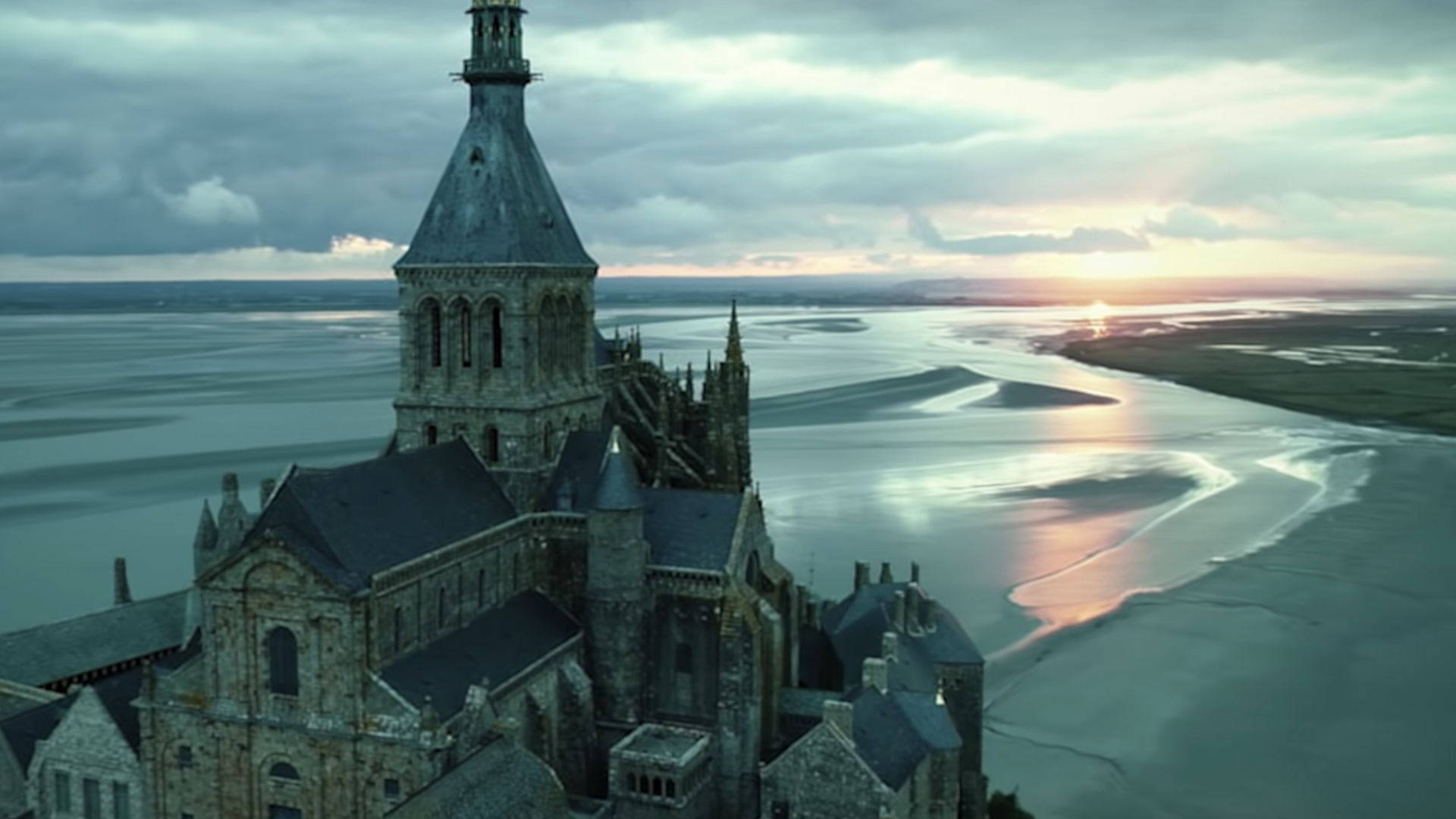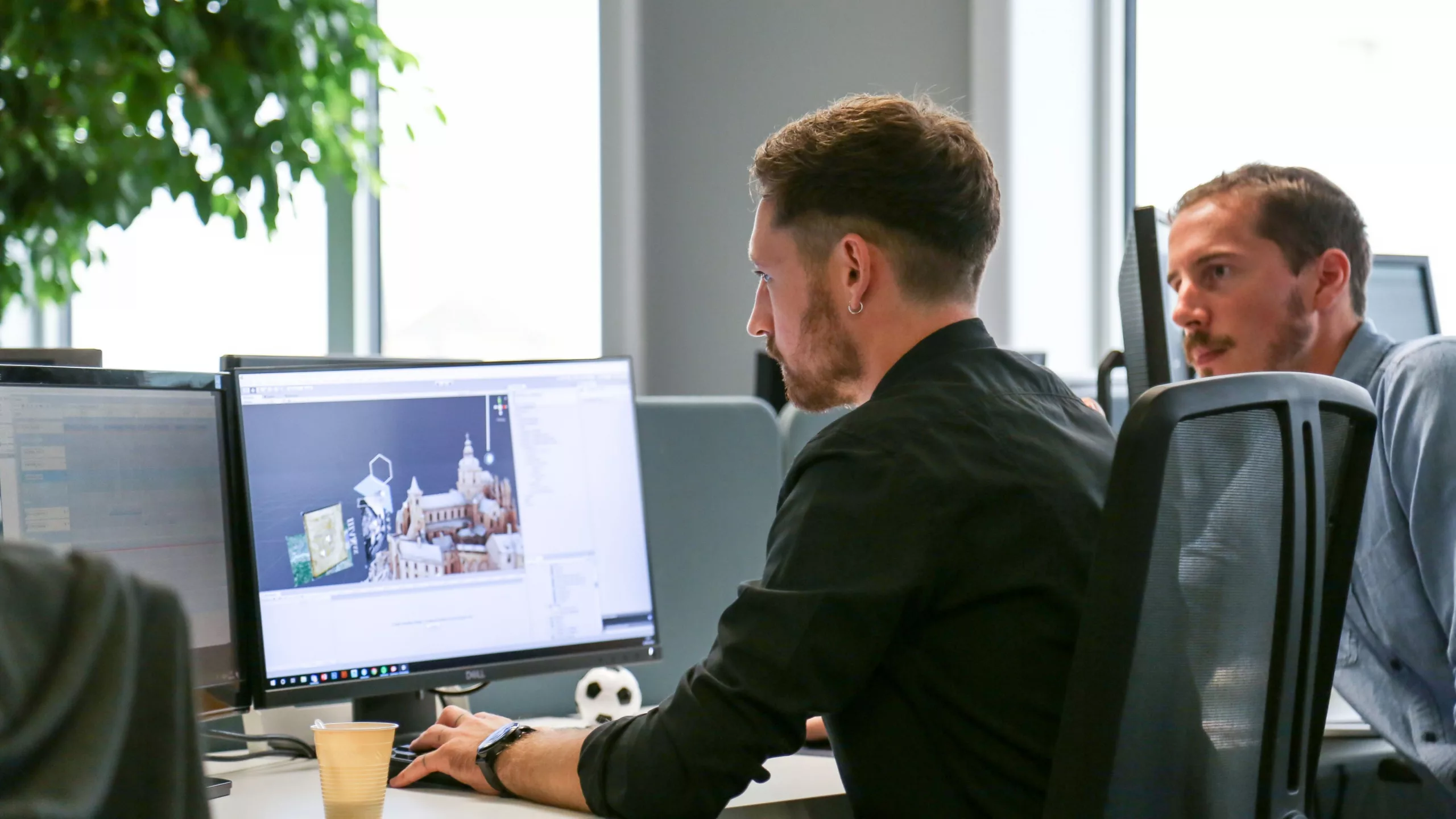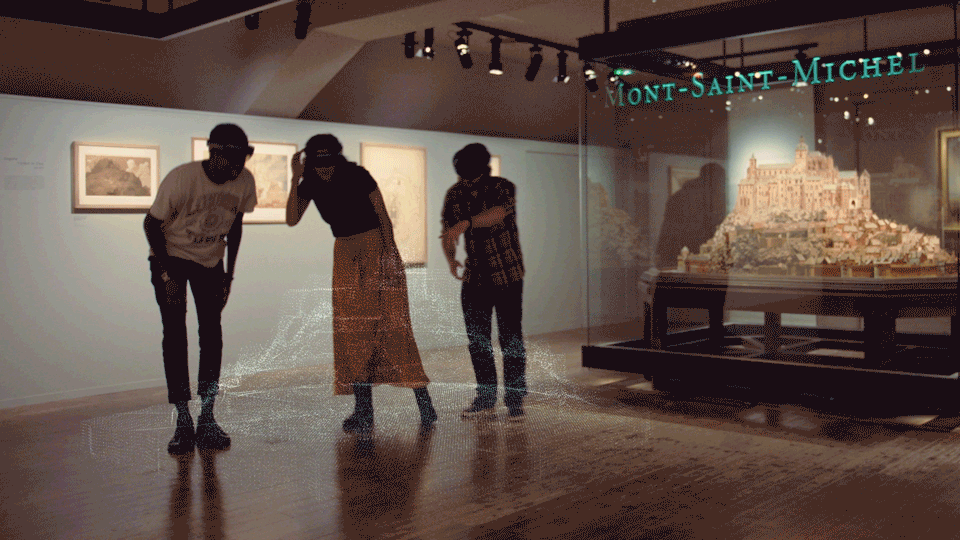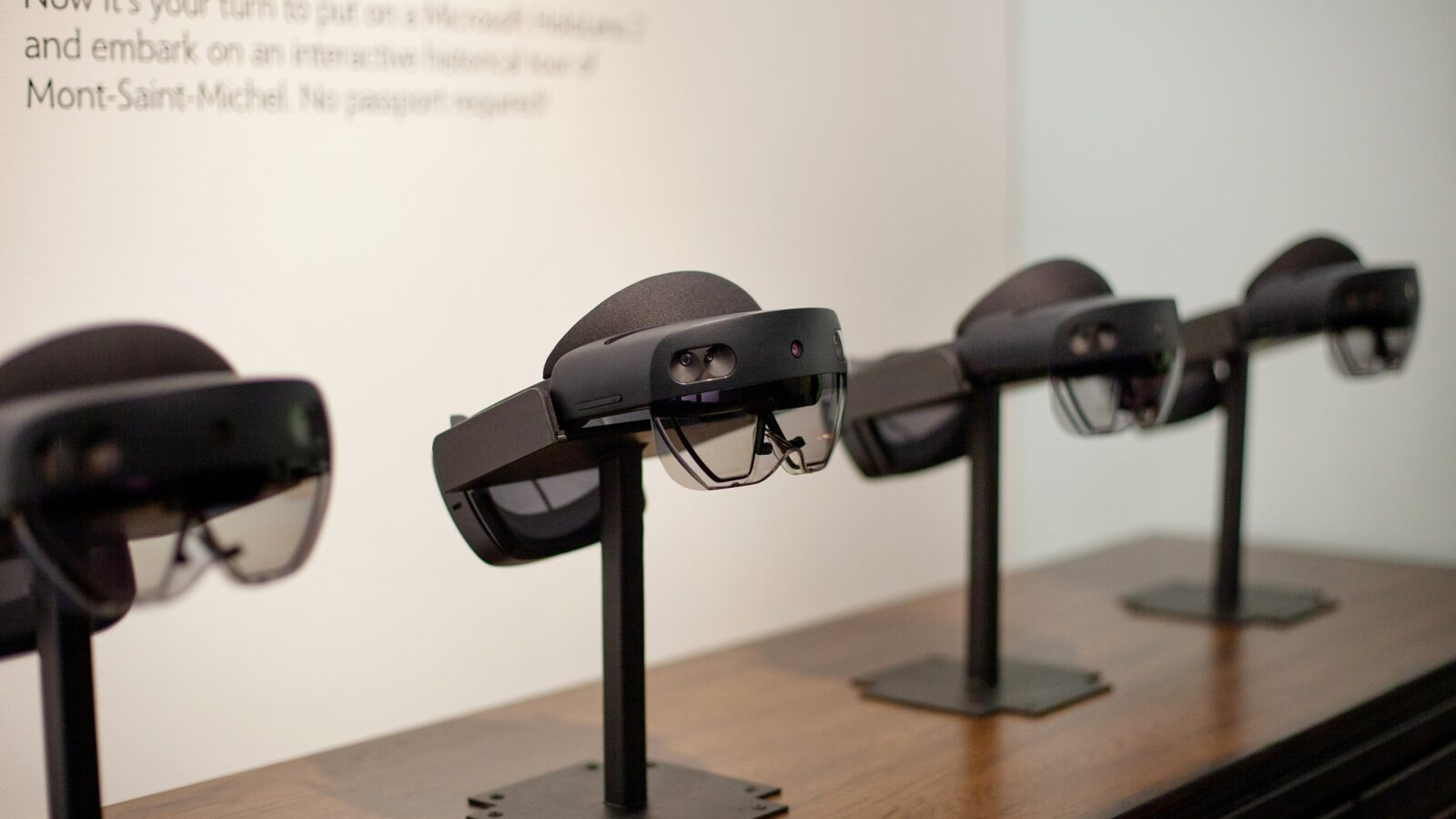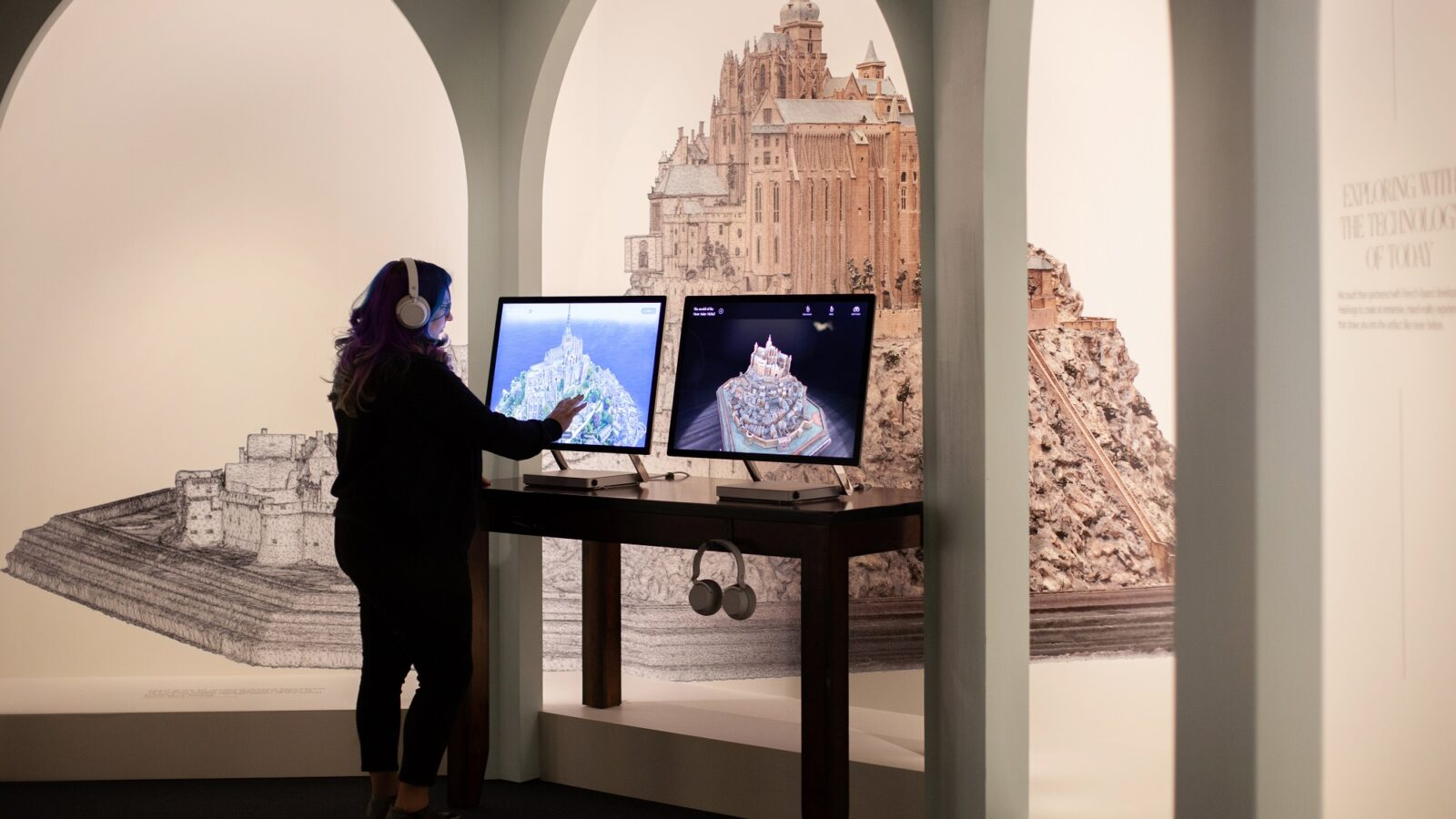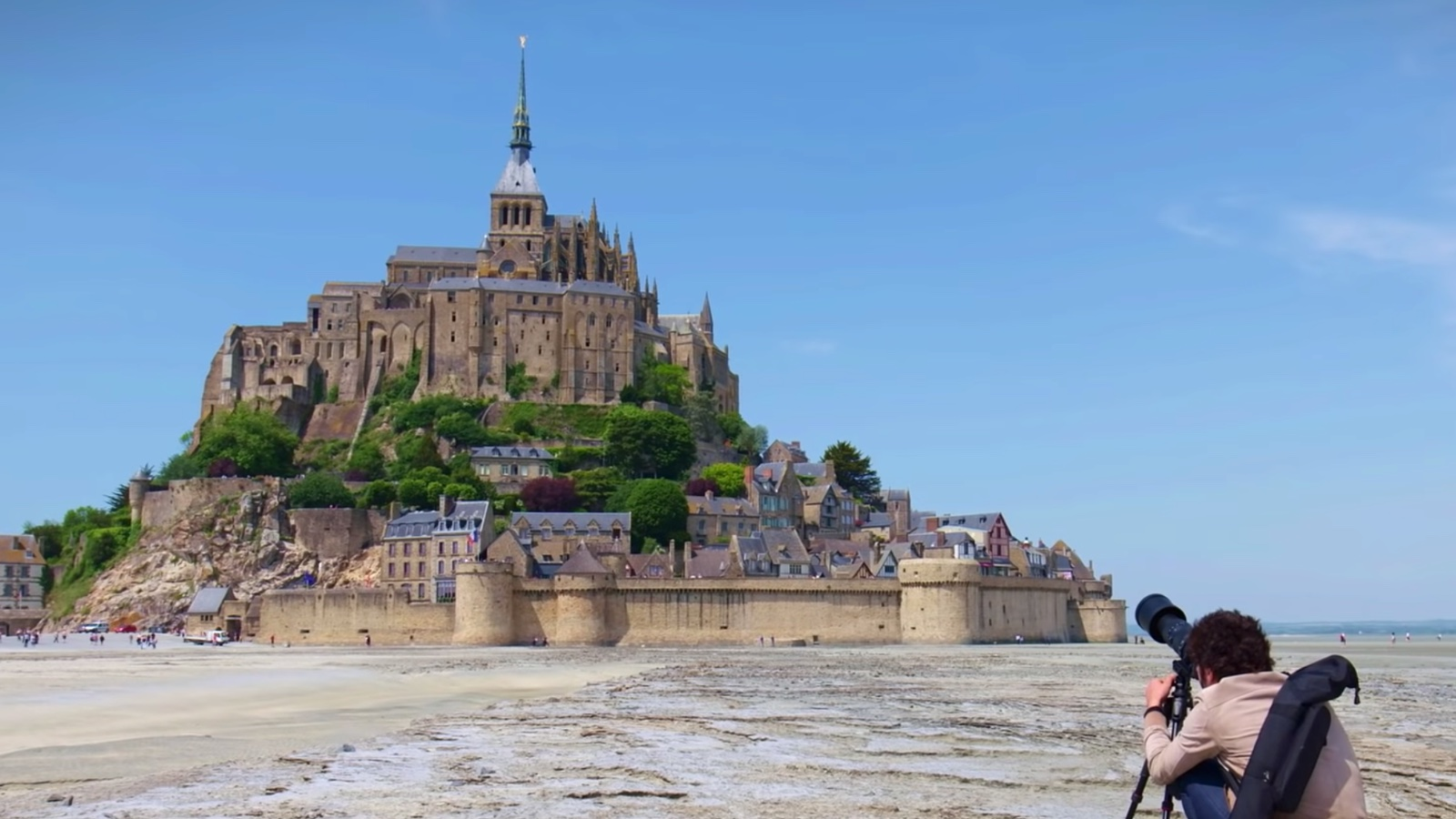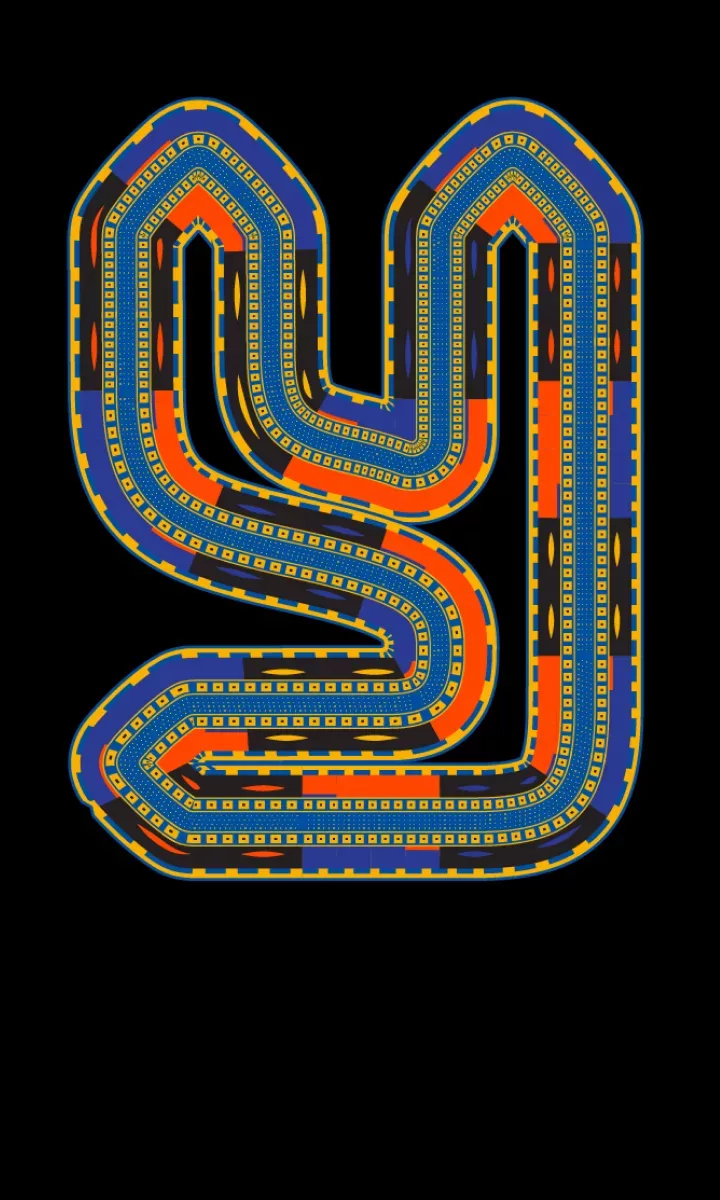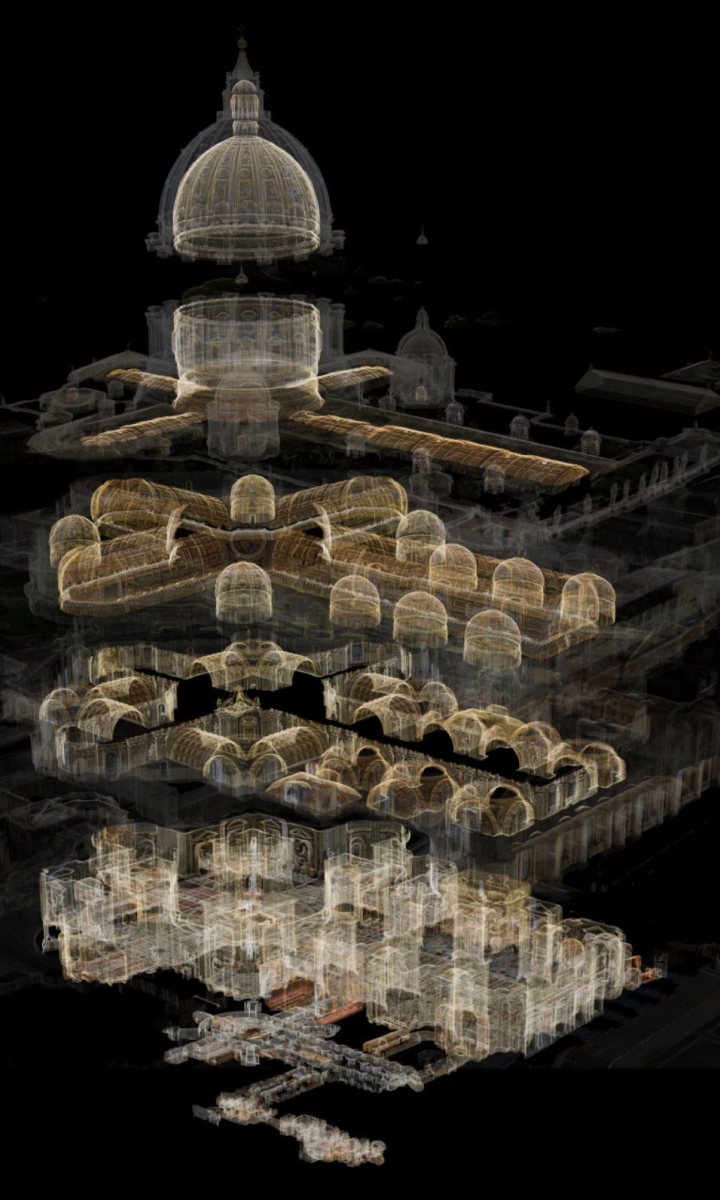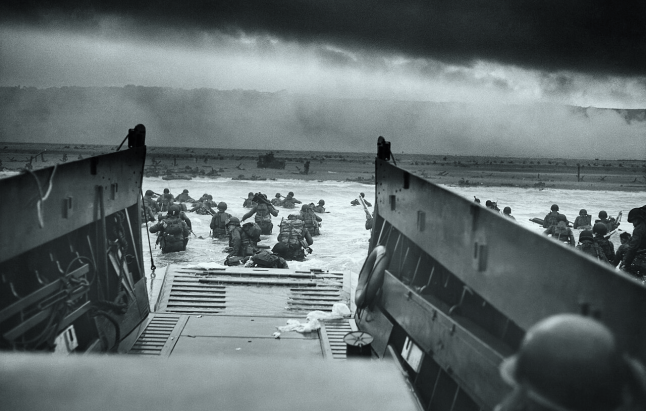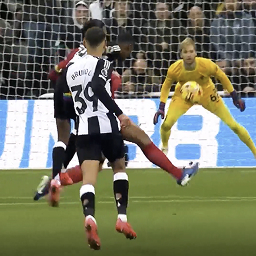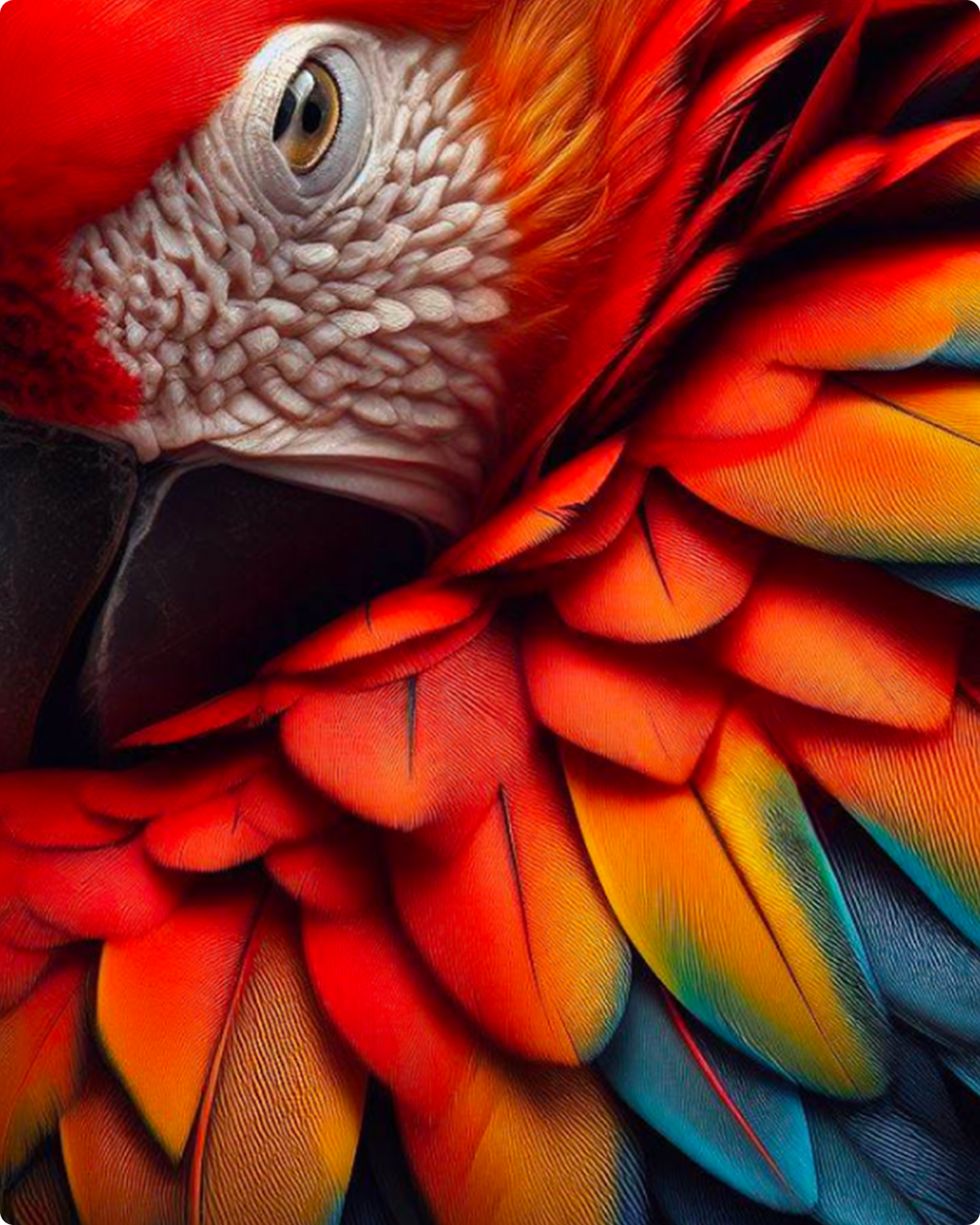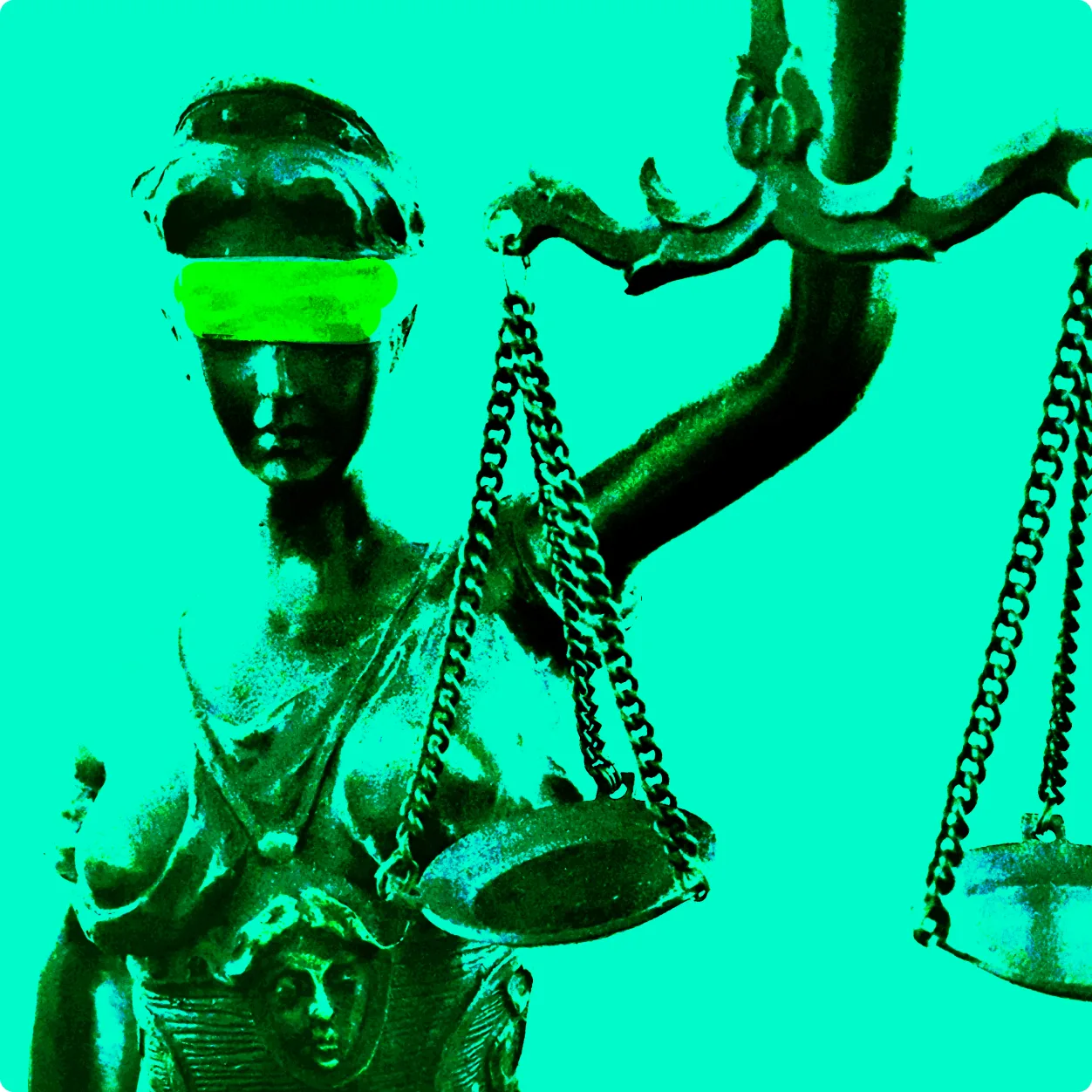The historic 3D model
comes to life
For centuries, technology has been influencing the way people engage with the world and shape the course of history. In 17th and 18th-century France, large-scale 3D maps—painstakingly built by hand down to the most intricate details—were the most advanced mapping technology of their time. They were considered such valuable strategic tools that leaders like Napoleon and King Louis XIV considered them military secrets and hid them from public view.
The Musee des Plans-Reliefs in Paris is home to more than 100 of these historic relief maps that have withstood the test of time. But the star of the collection is the model of Mont-Saint-Michel—a rocky headland off the Normandy coast with a Benedictine abbey that’s an architectural marvel in its own right—presented by monks to Louis XIV in 1709.
Fast-forward 300 years, and a HoloLens experience is now bringing these technological feats to life for a new generation in France. And for the first time ever, the model travelled outside of France to the Museum of History and Industry (MOHAI) in Seattle, where it was on display for the public.
To create the HoloLens experience, Microsoft partnered with innovative French technology companies. Iconem, which specializes in digitizing cultural heritage sites in 3D, recreated the Mont-Saint-Michel model and site using a process where artificial intelligence process hundreds of thousands of photos—taken by drones and cameras on the ground—to render models that are so precise, they look fully photo-realistic. HoloForge Interactive then used these 3D renderings to build the mixed reality experience that takes viewers back in time.
In bringing Mont-Saint-Michel to life in holographic form, they unlocked a more vital kind of storytelling for museums and cultural institutions. It helps them better engage tech-savvy audiences while preserving and revitalizing cultural heritage for new generations—a driving force behind Microsoft AI for Cultural Heritage.
Image carousel
This is the beginning of a new era for cultural mediation, and we need to make it accessible to everyone: museums, mediators and visitors.
And for MOHAI, it’s an exciting opportunity to bring this “crown jewel” of the royal collection to modern audiences. “We’re honored to share the unique experience born of innovations both past and present,” says MOHAI’s Executive Director, Leonard Garfield.
Through this partnership, Microsoft hopes to build a bridge between past, present, and future—and along the way, use digital technology to preserve heritage, empower museums, and make cultural experiences accessible to all.
